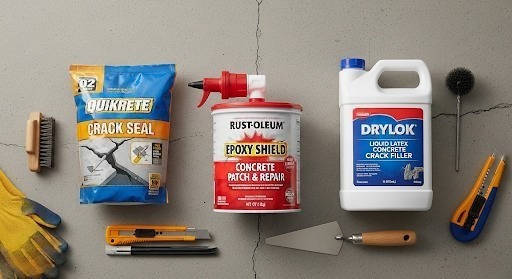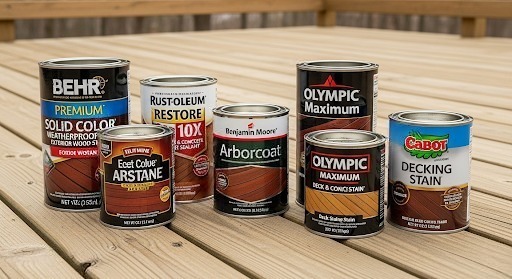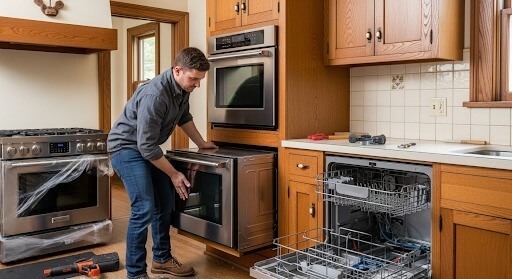
Understanding Concrete Crack Fillers: Why They Matter
Concrete surfaces are known for their durability, but over time, wear and tear can lead to unsightly cracks. Homeowners often face the dilemma of how and when to repair these imperfections. Concrete crack fillers not only restore the visual appeal of driveways, walkways, and patios but also play a crucial role in maintaining the integrity of the structure by preventing further damage.
The Science Behind Effective Repairs
Choosing the right concrete crack filler can be overwhelming, especially with the variety available in the market. To make an informed decision, it’s essential to understand the underlying technology that powers these fillers. Most products on the market work by utilizing advanced polymers that bond with the existing concrete, ensuring flexibility and resistance to moisture. This adaptability is crucial in preventing future cracking, especially in regions with fluctuating temperatures.
Diverse Options Available for DIY Repairs
Interestingly, concrete crack fillers come in several forms, each designed to cater to different types of repairs. For instance, epoxy fillers provide a robust solution for large cracks, creating a bond that’s often as strong as concrete itself. On the other hand, polyurethane sealants offer excellent flexibility, making them ideal for smaller, more dynamic cracks.
According to recent assessments, here are three of the top options you might consider:
Rust-Oleum EpoxyShield: Known for its durability and bonding capabilities, this epoxy-based filler is perfect for larger cracks.
Quikrete Concrete Crack Seal: A polyurethane-based product that’s easy to apply, it’s best for fine cracks and minor damage.
DRYLOK Liquid Latex Crack Filler: Ideal for both indoor and outdoor applications, this filler provides adequate waterproofing and flexibility.
Practical Insights for Application
When it comes to applying these fillers, preparation is critical. Homeowners should clean the area thoroughly to eliminate dust and debris and assess the depth of the cracks. Typically, fillers should be applied in two layers, allowing each to cure before proceeding. This approach ensures a strong bond and reduces the risk of re-cracking.
Common Questions About Concrete Repairs
Many homeowners also grapple with questions regarding the longevity of repairs. While a high-quality filler can last several years, factors such as weather conditions and the quality of application directly influence durability. It’s advisable to monitor repaired areas regularly and conduct maintenance as needed.
Future Trends in Home Repair
As technology continues to advance, DIY home repair solutions are becoming even more sophisticated. Emerging trends include biodegradable fillers that not only repair but also promote healthy concrete ecosystems. Researchers are exploring options that incorporate fiber and even self-healing materials that respond dynamically to stress.
Empowering Homeowners Through Knowledge
Understanding the diverse options in concrete crack fillers empowers homeowners to maintain and elevate their properties effectively. The decision between different fillers—whether for small repairs or significant projects—can significantly impact the longevity of your surfaces. Ready to tackle that crack? Take the first step in your home repair journey today!
 Add Row
Add Row  Add
Add 




Write A Comment